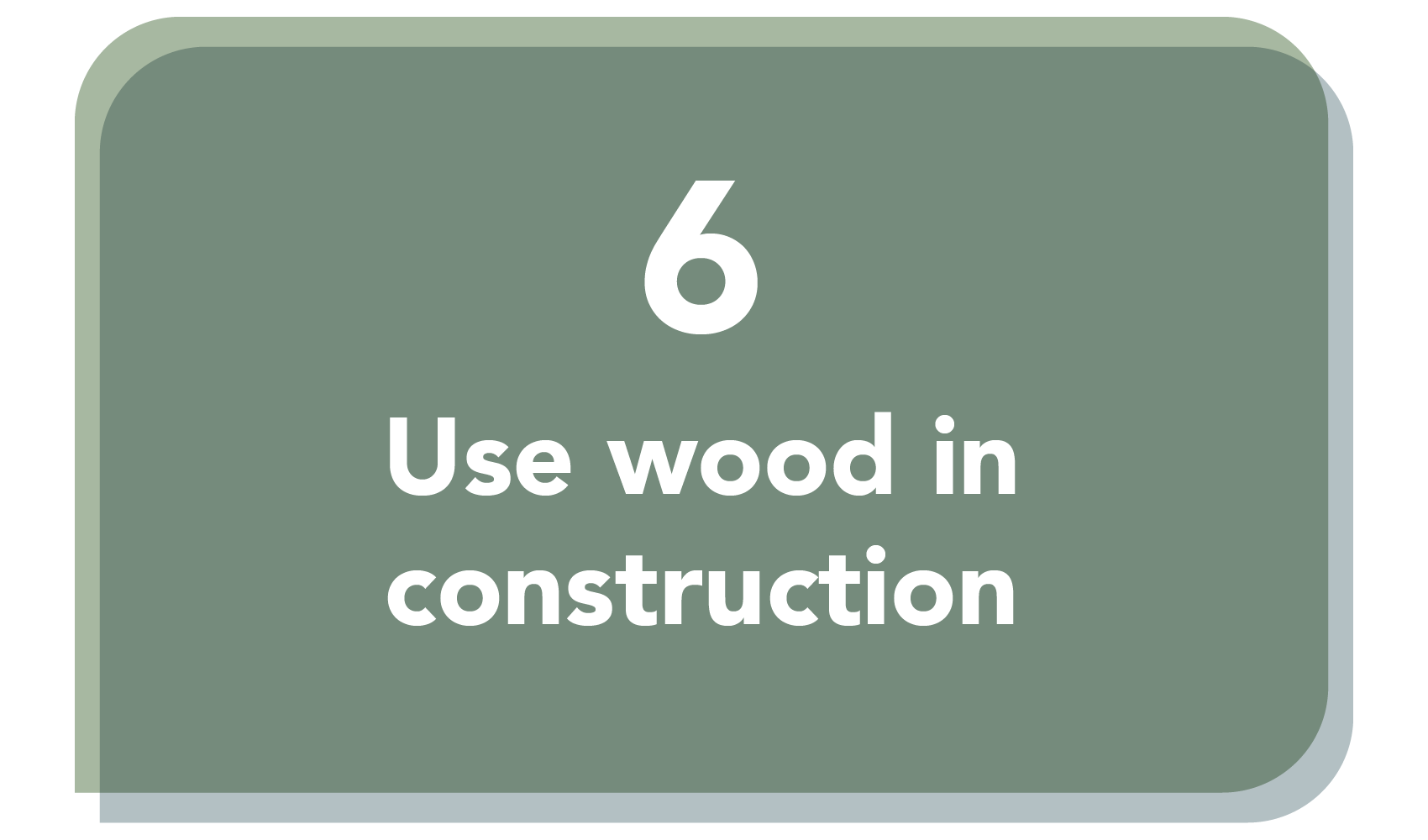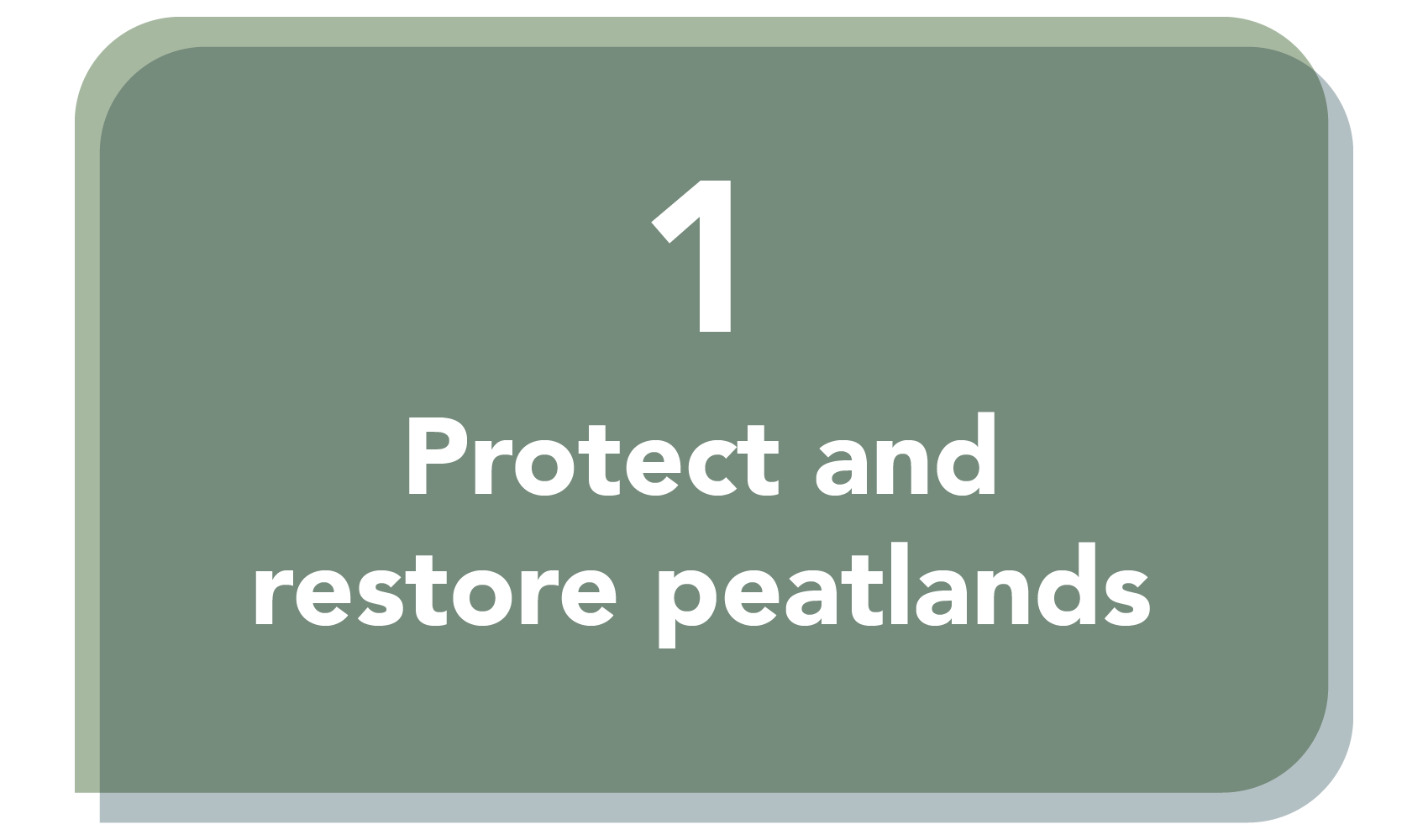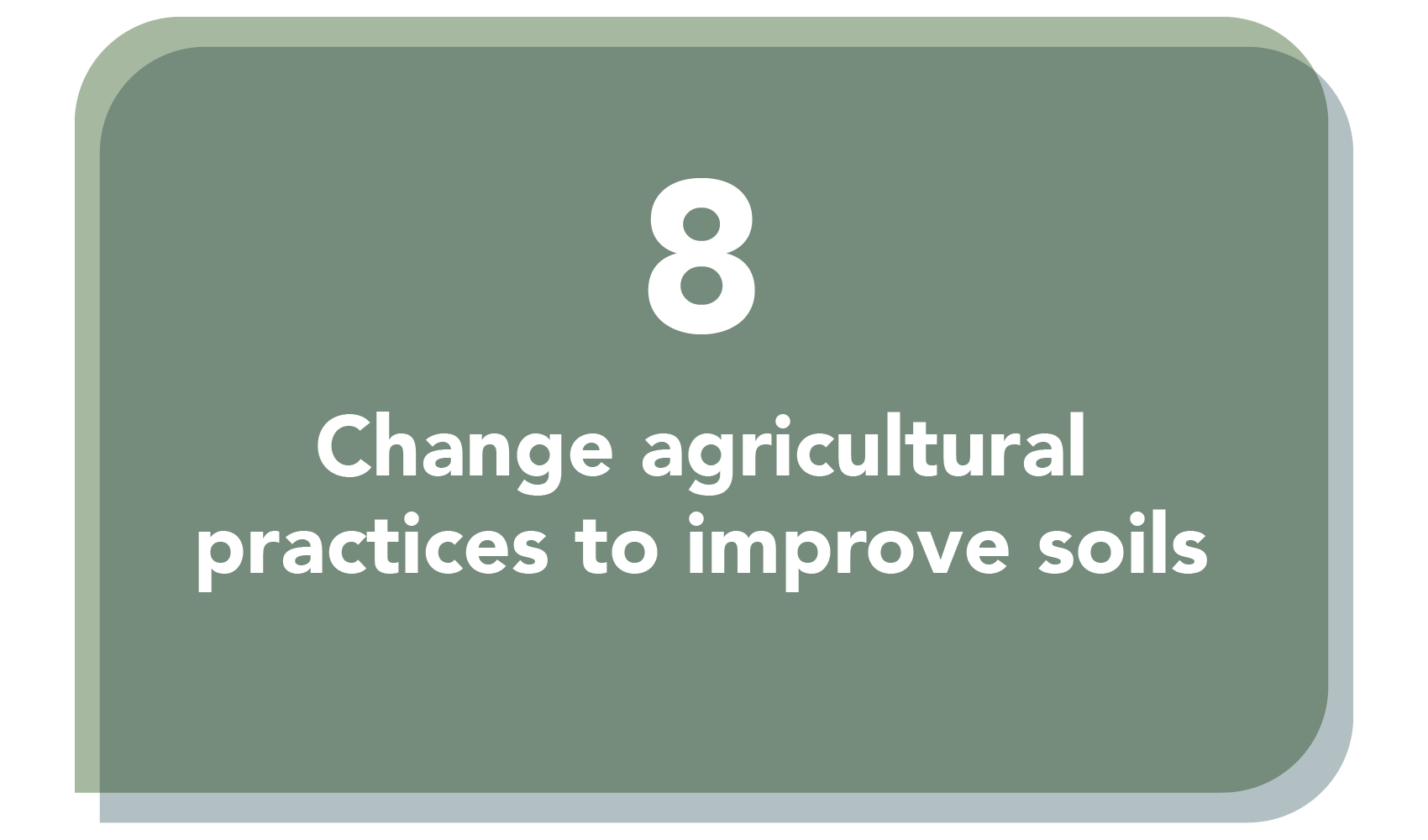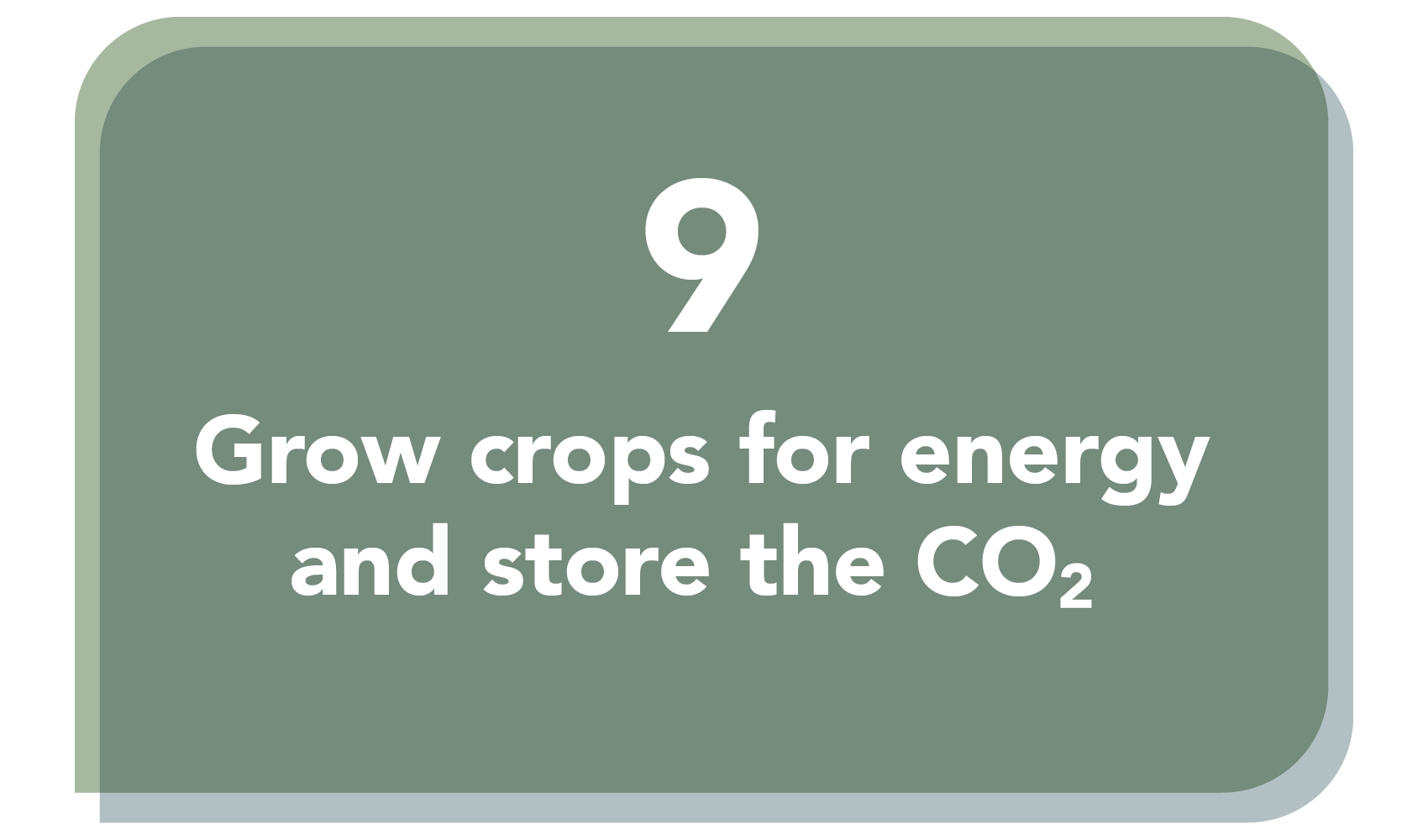
Using wood in construction stores carbon in buildings and other infrastructure.

Sustainably harvesting timber from forests allows space for planting new trees, so continuing the uptake of carbon.

Using natural materials to make buildings is not new – people have been doing it for thousands of years.
But a recent drive to use more natural materials in construction again could help displace high-intensive materials such as concrete and steel. Wood also brings an aesthetic beauty.

But there are challenges, too. Land for timber could be used in other ways, such as for agriculture or urban development.

Good forest management is essential to ensure trees are grown sustainably and protect biodiversity, otherwise we could do more harm than good.

Processing and transporting wood may lead to emissions that need to be factored in, although this will be the case for other materials.

As with other methods, there is also the question of the permanence of the carbon storage, which remains for as long as the buildings are in use. At the end of the building’s life, the wood should ideally be re-used, recycled into lower-grade products, and if ultimately burned for energy, coupled with Carbon Capture and Storage (CCS) so the CO2 isn’t emitted into the air.










